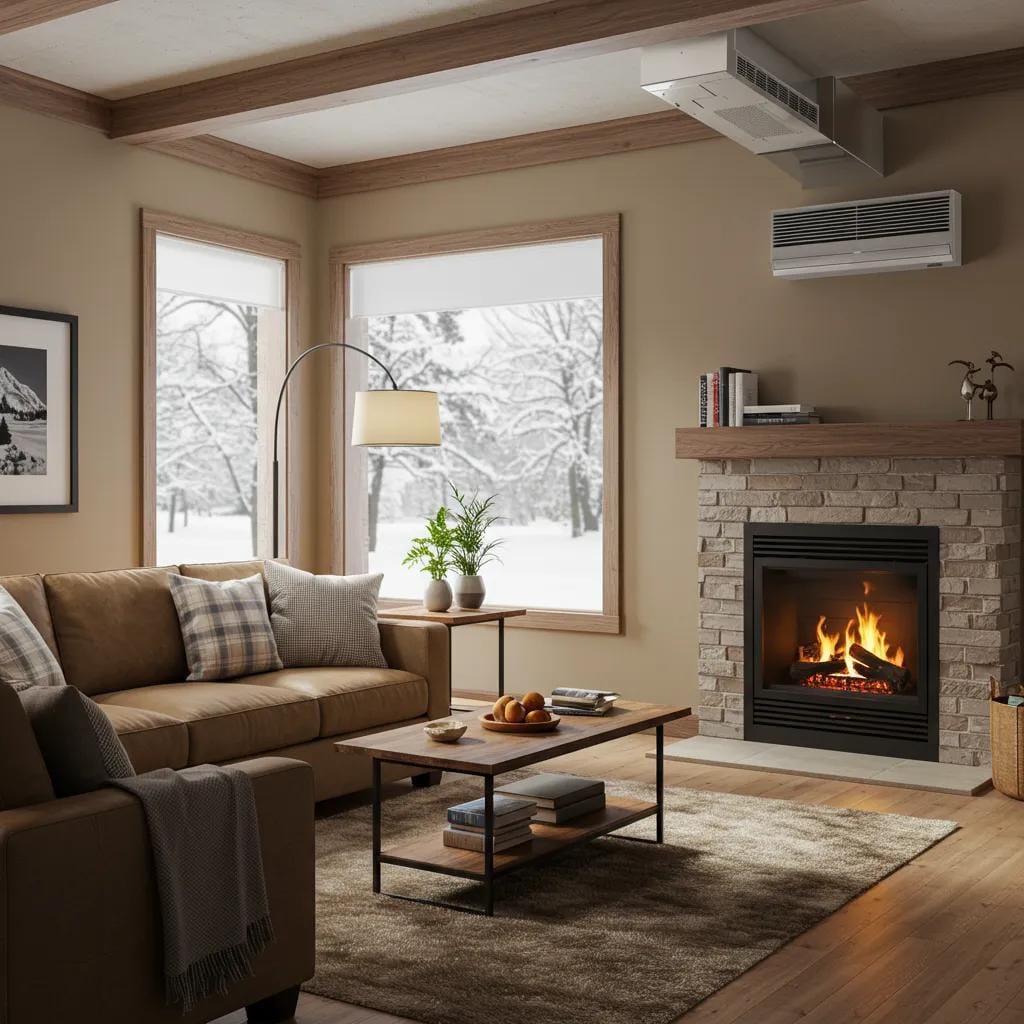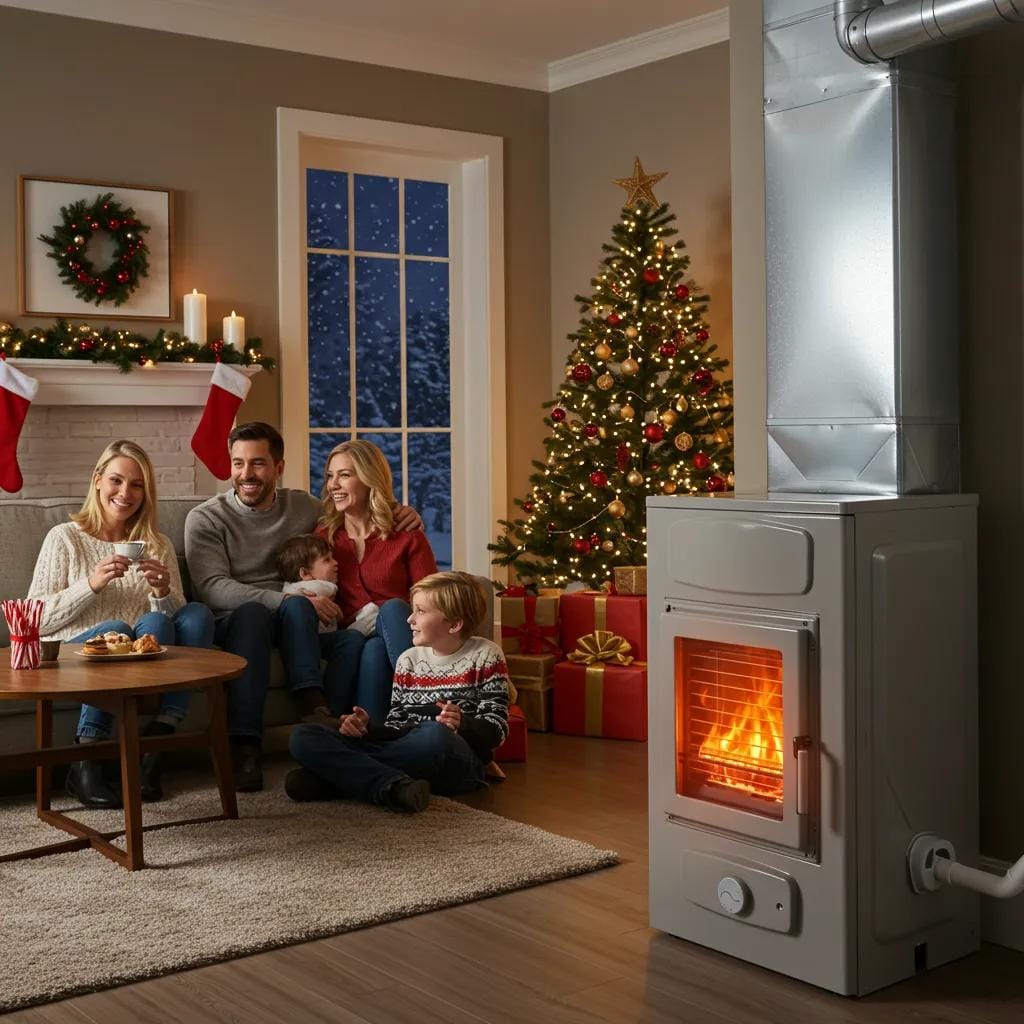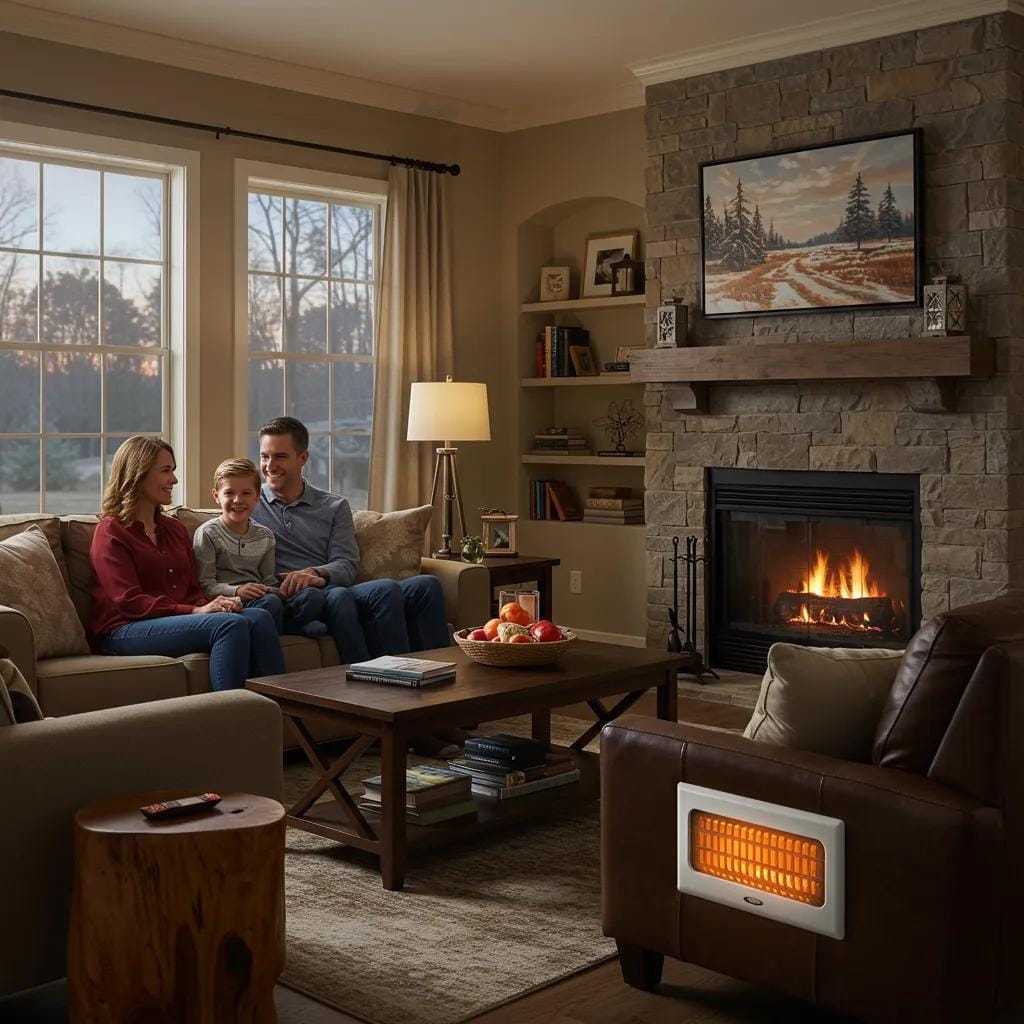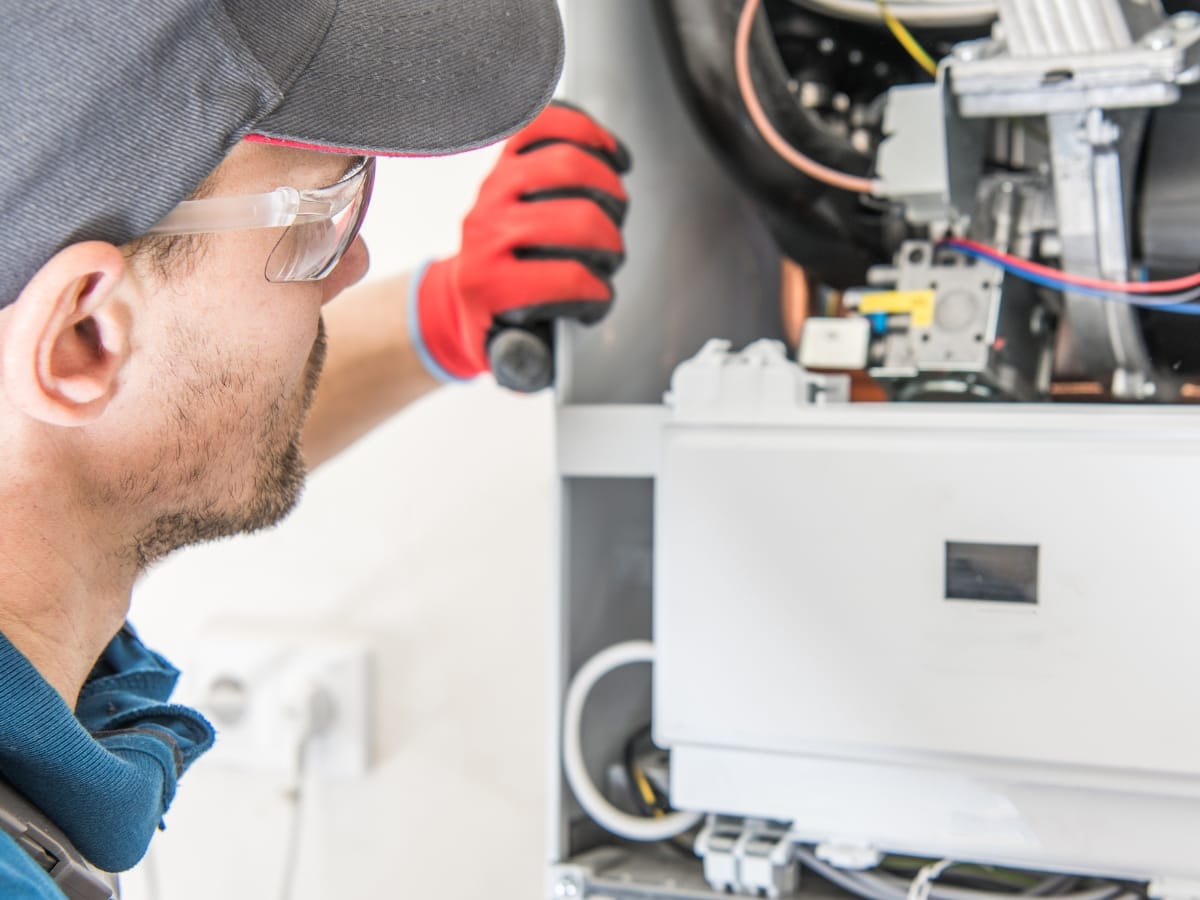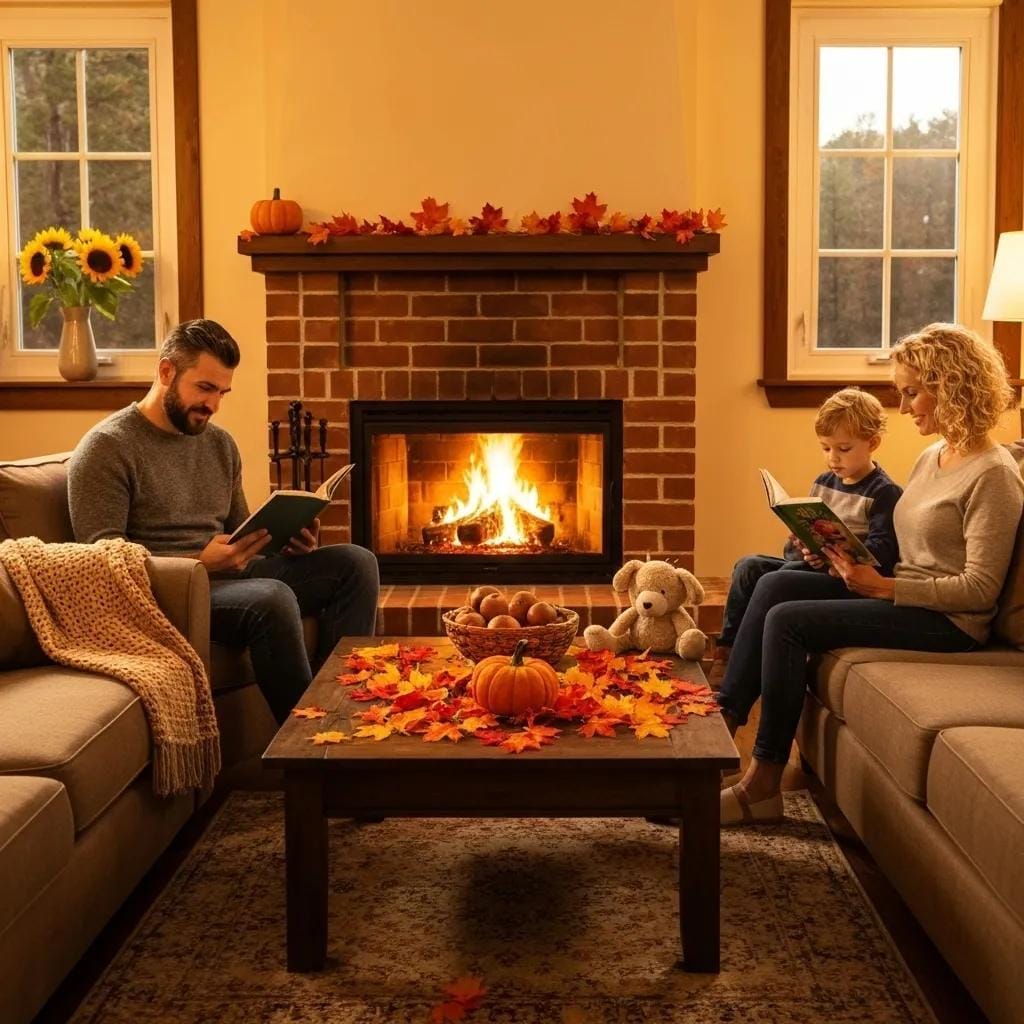As winter settles in Hiram, ensuring your HVAC system is properly maintained isn’t just about staying warm—it’s about maximizing efficiency, preventing unexpected breakdowns, and keeping energy costs under control during the coldest months. From inspecting your heat exchanger and cleaning air ducts to testing your thermostat and replacing filters, proactive winter maintenance helps your system run smoothly when you need it most. In this guide, we’ll walk you through key steps to prepare your winter HVAC maintenance for Hiram’s winter weather, so you can enjoy consistent comfort, improved indoor air quality, and peace of mind all season long.
Winter HVAC Maintenance: Simple Steps for Peak Performance
Why Your Hiram Home Needs Winter HVAC Maintenance
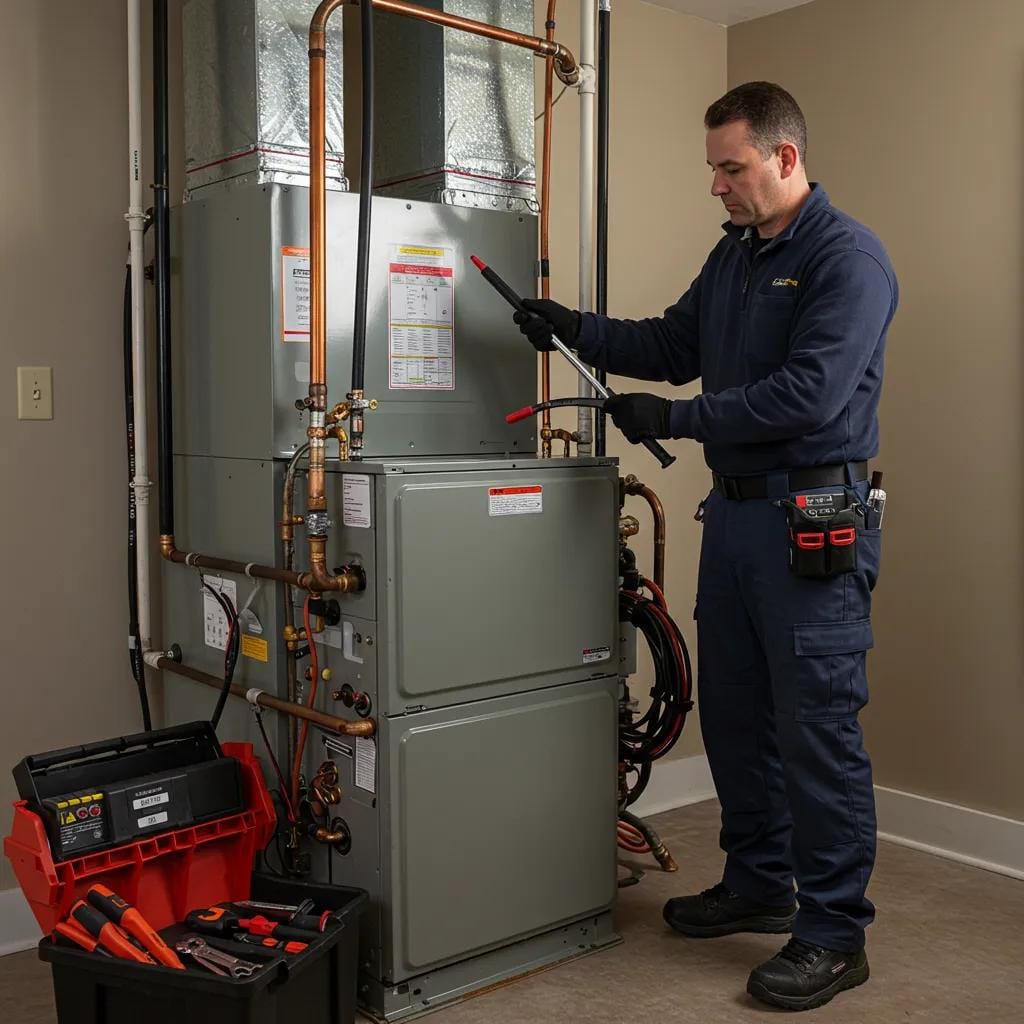
Winter HVAC maintenance is one of the most important steps homeowners can take to keep their heating systems reliable, efficient, and safe when temperatures drop. It involves thorough cleaning, careful calibration, and essential safety inspections that ensure your unit is ready to handle the increased seasonal demand. By addressing issues before they escalate, you can reduce energy costs, extend the life of your system, and keep your home consistently comfortable throughout the coldest months.
What Are the Benefits of Regular Furnace Tune-Ups?
Routine winter tune-ups offer significant advantages for both performance and safety. A clean, well-maintained furnace burns fuel more efficiently, which lowers your monthly utility bills. It also reduces the risk of dangerous issues like carbon monoxide leaks by identifying cracks or damage in heat exchangers before they become hazardous. Proper lubrication of motors and tightening of electrical connections decrease wear and tear, helping the system run smoothly and last longer.
These proactive measures ensure that your furnace delivers steady, reliable warmth all winter without overworking or wasting energy. They also reduce the likelihood of unexpected breakdowns during peak usage periods when heating is most critical.
How Does Proactive Maintenance Prevent Costly Heating Repairs?
Small problems that go unnoticed can quickly turn into expensive repairs if not addressed early. Preventative maintenance helps identify issues like loose belts, clogged filters, and corroded components before they cause major system failures. Replacing or repairing these minor components on a schedule is far more cost-effective than dealing with emergency service calls or significant equipment damage.
Proactive attention to your HVAC system not only protects your investment but also ensures you won’t be left without heat during a cold snap. It’s a strategic approach that saves money over time and keeps your home running smoothly all season long.
Why Indoor Air Quality Matters During Winter
Because homes are typically sealed tight during colder months to conserve heat, indoor air quality can suffer if your HVAC system isn’t properly maintained. Dust, dander, and other airborne particles can accumulate in your ductwork and circulate through the air, aggravating allergies and respiratory conditions. Clean filters and inspected ducts are essential for preventing these issues and keeping your home’s air fresh and healthy.
A well-maintained heating system also helps regulate humidity levels, reducing the risk of dry indoor air that can cause discomfort and respiratory irritation. Combined with regular cleaning, these steps contribute to a healthier and more comfortable indoor environment for your household.
How Winter HVAC Maintenance Improves Comfort and Efficiency
Beyond safety and cost savings, regular maintenance directly impacts how comfortable your home feels. A properly tuned system heats more evenly, responds faster, and maintains consistent temperatures across different rooms. It also uses less energy to achieve the same level of warmth, which helps reduce strain on your equipment and lowers monthly bills.
Investing in winter HVAC maintenance not only ensures dependable performance during Hiram’s colder months but also provides peace of mind. With a clean, efficient, and well-functioning system, your home stays warm, your air stays healthier, and your energy bills remain manageable all winter long.
What’s Included in a Full Winter Heating System Check?

A complete winter HVAC maintenance service involves inspecting and optimizing every key part of your heating system, from the combustion chamber inside your furnace to the outdoor coils on your heat pump. These steps ensure that your system runs safely, efficiently, and reliably throughout the cold months, even when it’s working harder than usual.
Which Furnace Components Are Inspected During a Tune-Up?
A thorough inspection focuses on the parts that most affect safety, performance, and longevity. The heat exchanger is checked for cracks or corrosion, since any damage here can lead to dangerous carbon monoxide leaks. Burners are examined for flame quality and cleanliness, which helps ensure fuel is burning efficiently. The blower motor is lubricated and its belt tension checked to keep air circulating smoothly. Electrical connections are inspected for secure insulation and proper contact, reducing the risk of shorts or fire hazards. Finally, safety controls like limit switches and sensors are tested to confirm that the system will shut off correctly if it overheats.
By taking care of these details before temperatures drop, you ensure your furnace is ready to deliver steady, safe heat without wasting energy or putting your home at risk.
How Do Technicians Winterize Heat Pumps for Cold Weather?
Heat pumps require special attention to maintain their performance in winter conditions. Technicians check refrigerant levels to make sure heat transfer remains efficient and clean the outdoor coils to prevent ice buildup. They also test the defrost cycle to confirm it activates when needed, preventing damage from frozen components. Additionally, insulation on refrigerant lines is inspected to minimize heat loss and maintain consistent performance even in freezing weather.
These steps protect your heat pump from cold-related issues and ensure it continues to run efficiently all season.
How Often Should HVAC Air Filters Be Replaced in Winter?
During the heating season, HVAC systems run more frequently, which means filters collect dust and debris more quickly. Replacing your air filters every 30 to 60 days is recommended to keep airflow steady and protect sensitive components from strain. Homes with pets or family members who have allergies should replace filters closer to the 30-day mark to help improve indoor air quality and reduce allergens.
Clean filters allow your system to heat more effectively and prevent unnecessary wear, which helps extend the lifespan of your equipment.
Why a Full Winter HVAC Check Is Worth It
Regular winter HVAC maintenance does more than just keep your home warm. It reduces the risk of unexpected breakdowns, improves indoor air quality, and cuts down on monthly utility costs by ensuring your system runs as efficiently as possible. It also extends the lifespan of your furnace or heat pump by addressing small issues before they turn into expensive repairs.
For homeowners in Hiram, investing in a full winter heating system check is a simple, cost-effective way to stay comfortable through the coldest months while protecting your equipment for years to come.
Easy DIY Winter HVAC Maintenance for Hiram Homeowners
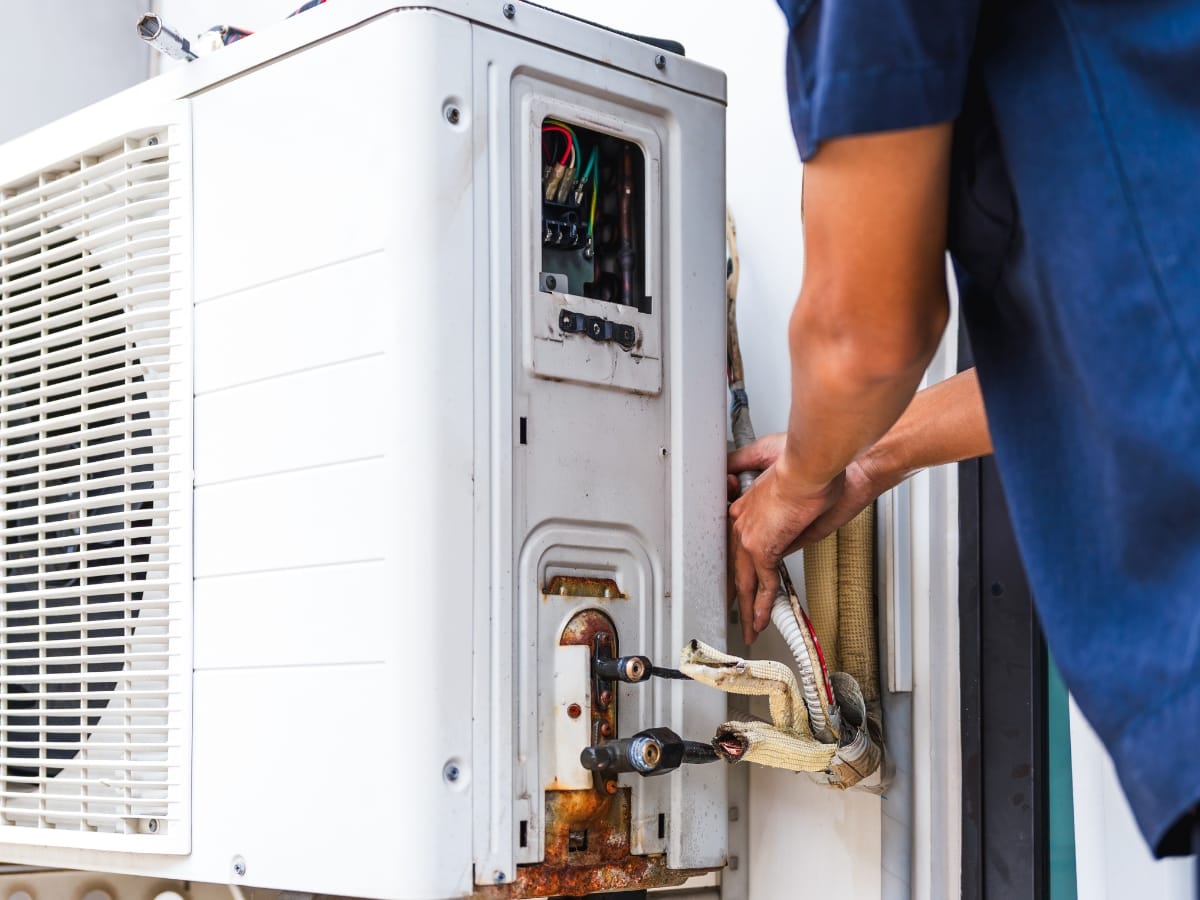
Taking care of your heating system doesn’t always require professional help. With a few simple steps like replacing filters, adjusting thermostat settings, and sealing leaky ducts, you can improve efficiency and reduce heating costs before winter weather arrives. Regular attention to your system helps it run more smoothly and keeps your home comfortable all season.
What Are the Most Important Winter HVAC Maintenance Tasks?
Basic upkeep goes a long way in maintaining the health of your heating system. Start by replacing or cleaning your HVAC air filter. A clean filter improves airflow, reduces strain on the equipment, and helps keep your indoor air cleaner. Next, inspect vents, radiators, and registers throughout your home, clearing away any dust or obstructions that might block warm air from circulating. It’s also important to check your thermostat’s batteries and ensure it’s reading the temperature correctly, as inaccurate readings can lead to inefficient heating. Finally, clear away any debris, leaves, or snow from around your outdoor unit to keep it operating efficiently.
These small but crucial steps set the foundation for a heating system that performs well and keeps energy use in check.
How Should You Set Your Thermostat for Maximum Winter Efficiency?
The right thermostat settings can make a noticeable difference in your energy bills. During the colder months, lowering the temperature when you’re asleep or away from home to around 65 to 68 degrees and raising it slightly to about 70 to 72 degrees when you’re home strikes a good balance between comfort and savings. A programmable thermostat makes this easier by automatically adjusting the temperature according to your schedule. Features like adaptive recovery ensure your home reaches your preferred temperature at the right time without wasting energy.
Fine-tuning your thermostat this way reduces unnecessary heating and gives you more control over your system’s performance, helping you save money while staying comfortable.
How Can Sealing Duct Leaks Improve Your System’s Performance?
Leaky ducts are a major source of energy loss in many homes. Warm air escaping through gaps or loose connections means your system has to work harder to heat your home, driving up energy use and utility bills. Inspect any accessible ducts for visible gaps, loose seams, or disconnected sections. Sealing these leaks with UL-rated foil tape or mastic helps prevent up to 30 percent of heat loss, improves airflow, and keeps temperatures consistent throughout your home.
Addressing duct leaks is one of the simplest and most effective ways to make your HVAC system more efficient and reliable during winter.
Why DIY HVAC Maintenance Matters in Cold Weather
While professional maintenance remains essential for long-term system health, basic winter HVAC maintenance that you can do yourself helps prevent many common issues and extends the life of your heating equipment. Clean filters, proper thermostat settings, and sealed ducts all work together to reduce energy waste, lower heating costs, and keep your home warm without unnecessary strain on your system.
By staying on top of these easy tasks, homeowners in Hiram can ensure their HVAC systems are ready to handle the demands of winter, providing steady comfort and reliable performance throughout the season.
Common Winter HVAC Issues and How to Fix Them
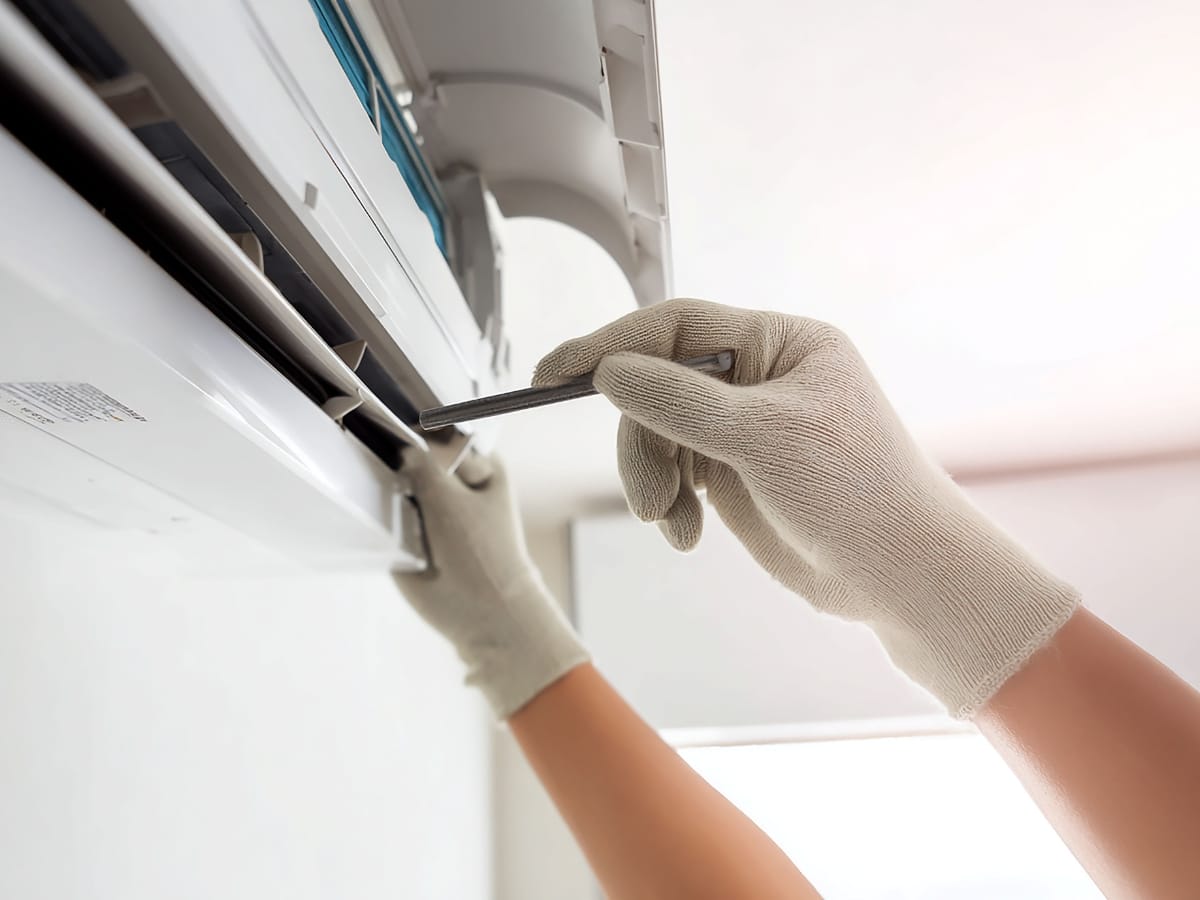
Even with consistent winter HVAC maintenance, heating systems can still run into problems. Understanding the most common issues and how to address them quickly can help you minimize downtime, avoid costly repairs, and keep your home warm and comfortable throughout the cold season.
Why Isn’t My Furnace Heating Properly in Winter?
When your furnace struggles to heat your home, several underlying issues could be to blame. One of the most common is a clogged air filter. When filters are dirty, they restrict airflow, which can lead to overheating and cause the system to shut down as a safety precaution. Another frequent cause is a malfunctioning pilot light or ignition system. If the ignitor is faulty, the burners may not light at all, leaving you without heat. Thermostat issues are another potential culprit. Incorrect sensor readings or miscalibrated settings can lead to uneven heating or cause the system to run inefficiently.
Addressing these issues often starts with simple troubleshooting steps like replacing filters or checking the thermostat settings. However, if the problem persists or involves the ignition system, professional attention is usually the safest option to restore reliable heating performance.
What Do Strange Noises from My Heating System Mean?
Loud or unusual noises from your HVAC system are more than just a nuisance; they’re often an early warning sign of mechanical problems. A high-pitched squealing noise typically points to a loose or slipping blower belt, which should be tightened or replaced before it fails entirely. Rattling sounds may indicate debris caught in the blower housing or other moving parts, which can cause wear or damage if not removed promptly. Popping noises often come from ductwork expanding and contracting as it heats and cools, which is normal but worth monitoring if it becomes excessive.
Learning to identify the source of these noises can help you act before minor problems turn into significant repairs. Regular maintenance, including cleaning and tightening components, often prevents these issues from arising in the first place.
Why Are My Winter Heating Bills So High?
If your energy bills are rising faster than expected during the colder months, your HVAC system could be working harder than necessary due to a few key issues. Leaky ductwork is one of the most common causes of inefficiency. If warm air escapes before it reaches your living spaces, your furnace has to run longer to maintain the desired temperature. Dirty coils or filters also contribute to higher energy use by reducing heat transfer and forcing the system into longer, more frequent cycles. In some cases, the problem may be that your system is undersized for your home, causing it to run constantly in an attempt to keep up with demand.
Tackling these problems often involves a mix of cleaning, sealing, and upgrading. Replacing filters regularly, cleaning coils, and sealing ductwork can significantly improve efficiency. If the system is too small, upgrading to a properly sized unit can lead to substantial long-term savings.
Keeping Your HVAC System Running Smoothly All Winter
Staying ahead of common issues through regular winter HVAC maintenance is the best way to keep your system operating efficiently and reliably. By paying attention to warning signs like reduced heat output, unusual noises, or rising energy bills, you can address small problems before they escalate. With the right care and attention, your heating system will deliver steady, efficient warmth all season long.
How CoolPro Atlanta Helps with Winter HVAC Maintenance in Hiram
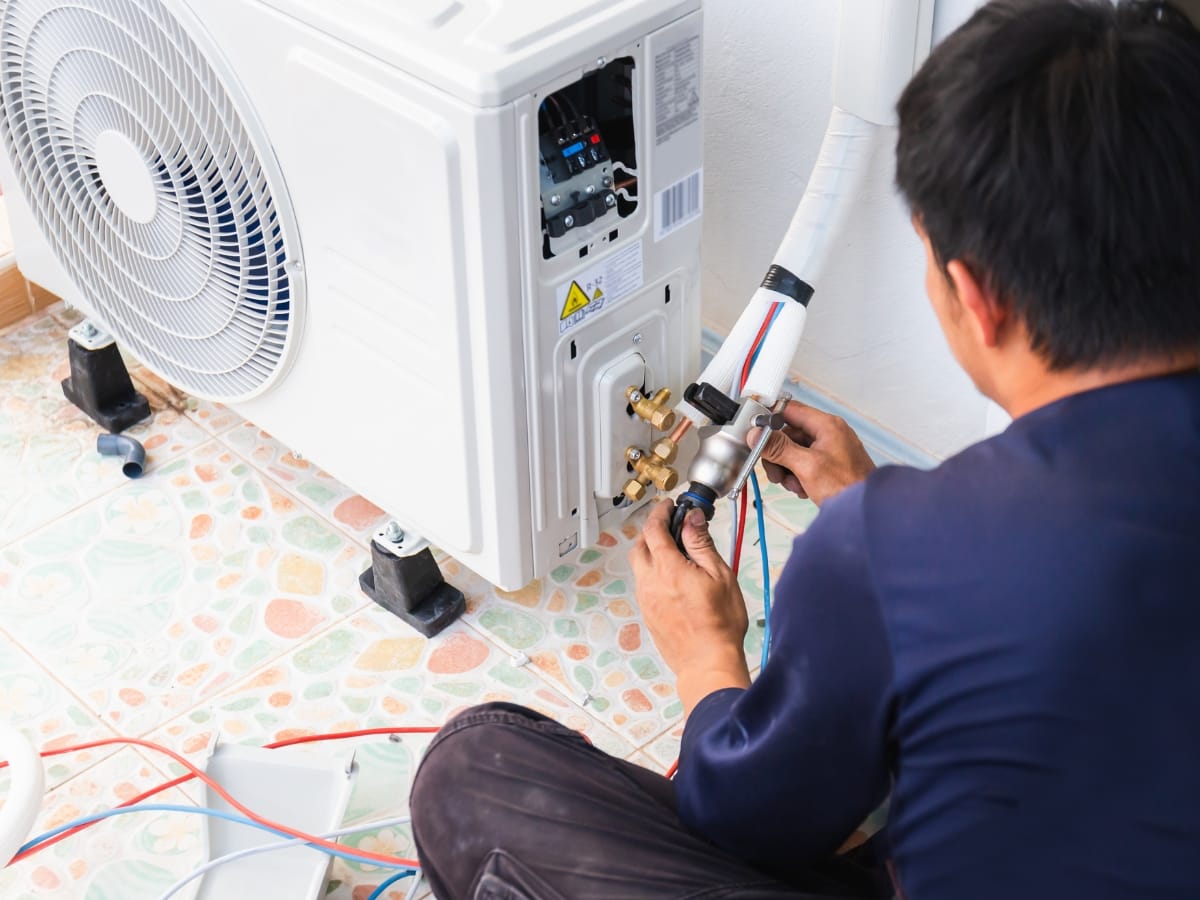
Winter HVAC maintenance is one of the smartest investments Hiram homeowners can make to keep their heating systems efficient, safe, and long-lasting. CoolPro Atlanta brings local expertise and thorough seasonal care to ensure your system is ready for the colder months ahead. From detailed inspections to preventive tune-ups, their approach focuses on maximizing performance while minimizing costly breakdowns.
What Winter HVAC Services Does CoolPro Atlanta Provide?
A well-rounded maintenance plan addresses every part of your system to keep it running smoothly. Furnace tune-ups involve deep cleaning, careful calibration, and comprehensive safety checks, all of which reduce the risk of breakdowns and help the unit burn fuel more efficiently. Heat pump winterization includes verifying refrigerant levels, cleaning outdoor coils, and testing the defrost cycle, which ensures reliable performance even during freezing temperatures. Full system inspections and repairs cover every major component, from burners and blowers to safety controls, identifying small issues before they become expensive problems.
Flexible maintenance plans and financing options also make it easier for homeowners to stay on top of seasonal service without unexpected costs. These plans allow for regular care, which is key to keeping heating systems efficient year after year.
How Does Professional Maintenance Extend HVAC Lifespan and Efficiency?
One of the most important reasons to invest in professional winter HVAC maintenance is the impact it has on system efficiency and longevity. When components like heat exchangers, blower motors, and refrigerant lines are inspected and optimized, the system operates with less strain. This not only improves performance but can also reduce energy usage by up to 40 percent, leading to noticeable savings on utility bills.
Preventive care also helps prevent premature wear and tear. Catching small issues like loose connections or airflow restrictions early can prevent larger mechanical failures later on. Over time, a well-maintained HVAC system can last several years longer than a neglected one, giving homeowners more value from their investment.
Why Early Scheduling Makes a Difference
Timing plays a big role in how effective your winter HVAC maintenance is. Scheduling service early in the season allows technicians to address issues before the peak heating demand hits. This proactive approach means your system will be running at peak performance right when you need it most. It also helps you avoid delays during the busy winter months, when emergency calls are more frequent and appointment availability is limited.
Reliable Winter Comfort Starts with Proper HVAC Care
Keeping your HVAC system in peak condition throughout the winter pays off in several ways. It keeps your home consistently warm, helps maintain good indoor air quality, and lowers the risk of costly emergency repairs. Regular maintenance also ensures your heating system runs safely, reducing risks like carbon monoxide leaks or electrical issues.
With a focused approach to winter HVAC maintenance, Hiram homeowners can enjoy reliable comfort, better efficiency, and peace of mind all season long. Investing in proper care now sets the foundation for years of dependable performance and lower energy costs.to boost your HVAC performance and keep every room perfectly comfortable all winter long.
Don’t let winter catch you off guard—proactive HVAC maintenance is the key to staying warm, keeping energy bills low, and avoiding costly emergency repairs during Hiram’s coldest months. At CoolPro Heating & Cooling, our certified HVAC technicians provide comprehensive winter tune-ups to ensure your system runs safely and efficiently all season long. Schedule your service today by calling 770-694-6232 or sending us a message through our site form for reliable comfort you can count on. Let CoolPro be your first defense against the winter chill.

